Optimal Timing for Waterproofing Applications
Waterproofing is a critical process to protect structures from water intrusion and damage. The timing of waterproofing applications significantly influences their effectiveness and longevity. Properly scheduled waterproofing can prevent costly repairs and structural issues caused by water penetration.
Spring offers moderate temperatures and lower humidity, ideal for waterproofing projects. Applying waterproofing in spring ensures protection before heavy rainfall.
Summer provides warm, dry conditions, facilitating proper curing of waterproofing materials. However, high temperatures require careful planning to avoid rapid drying.
Fall is suitable for waterproofing as temperatures are cooler, reducing the risk of quick drying. It prepares structures for winter moisture exposure.
Winter is generally not recommended due to freezing temperatures and high moisture levels, which can compromise waterproofing effectiveness.
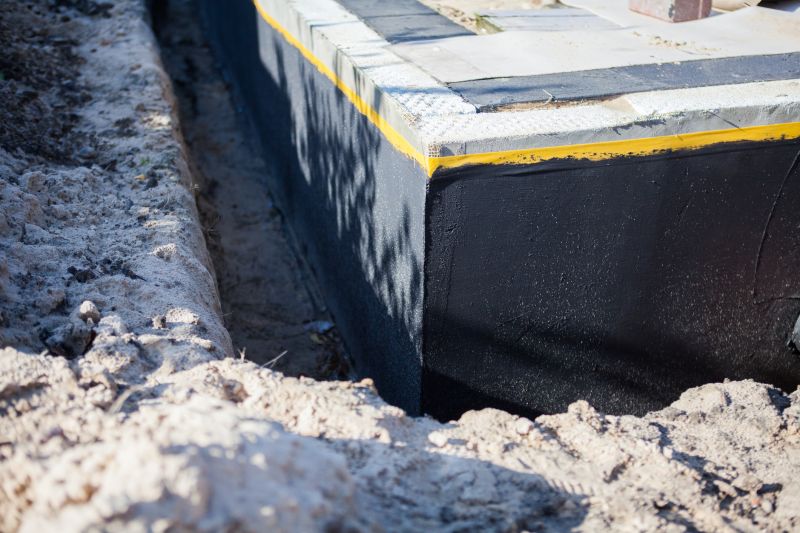
Ways to make Waterproofings work in tight or awkward layouts.
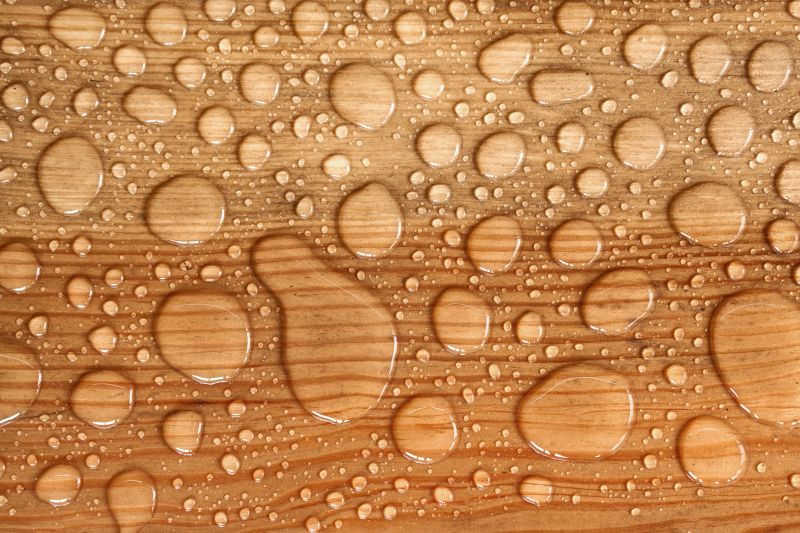
Popular materials for Waterproofings and why they hold up over time.

Simple add-ons that improve Waterproofings without blowing the budget.
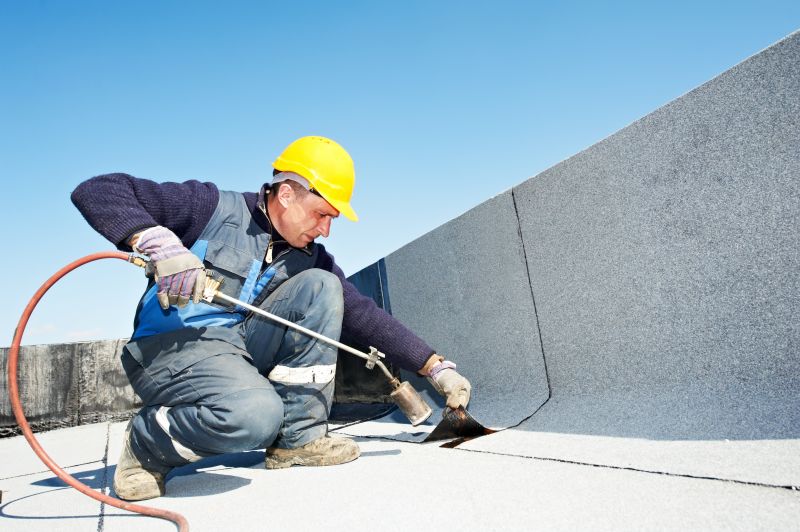
High-end options that actually feel worth it for Waterproofings.

Finishes and colors that play nicely with Waterproofings.
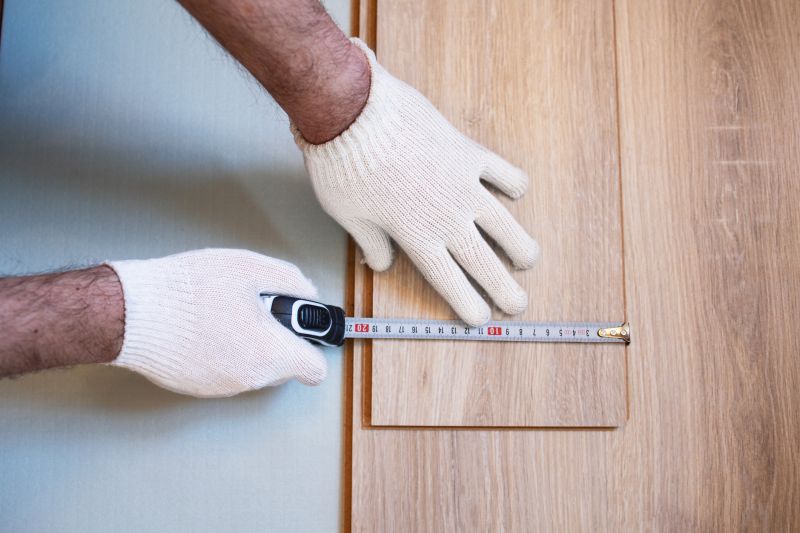
Little measurements that prevent headaches on Waterproofings day.
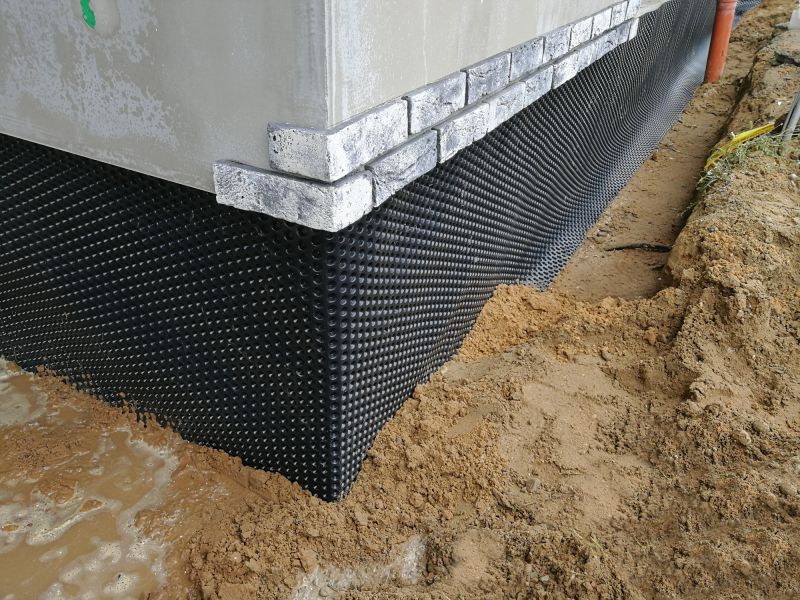
A 60-second routine that keeps Waterproofings looking new.
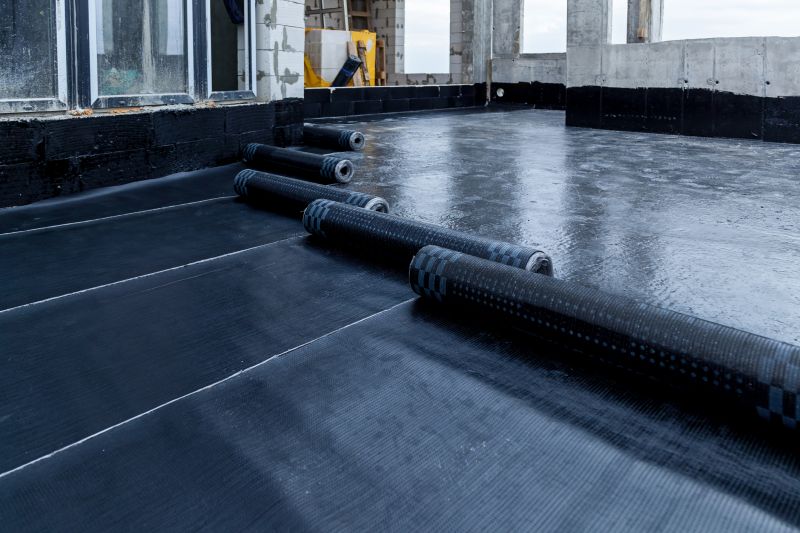
A frequent mistake in Waterproofings and how to dodge it.
| Season | Best Conditions |
|---|---|
| Spring | Moderate temperatures, low humidity, ideal for application |
| Summer | Warm and dry, suitable with proper precautions |
| Fall | Cooler temperatures, low moisture, good for preparation |
| Winter | Not recommended due to freezing and high moisture |
Waterproofings play a vital role in maintaining the integrity of structures by preventing water infiltration. They are essential for foundations, roofs, basements, and walls. Proper waterproofing extends the lifespan of buildings and reduces maintenance costs. Advances in waterproofing technology include liquid membranes, sheet membranes, and sealants, each suited for specific applications and environments.
Statistics indicate that waterproofing failures are among the leading causes of structural damage in buildings, often resulting in costly repairs. Implementing waterproofing at the optimal time ensures maximum protection and durability. Seasonal considerations, material selection, and proper application techniques are critical factors in achieving effective waterproofing results.
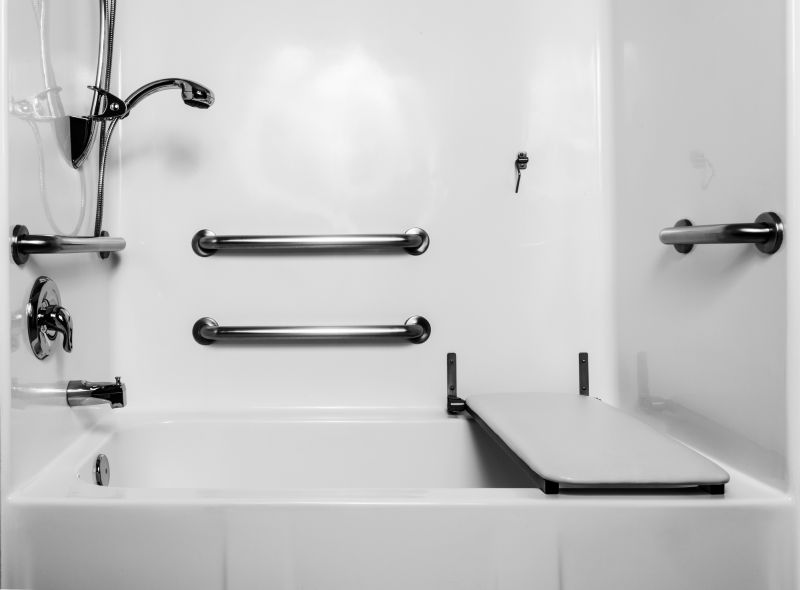
Small tweaks to make Waterproofings safer and easier to use.
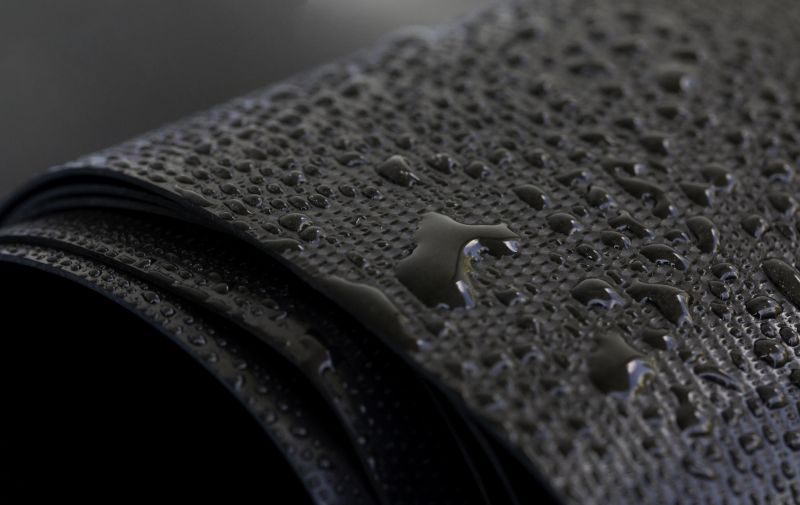
Lower-waste or water-saving choices for Waterproofings.

The short, realistic tool list for quality Waterproofings.
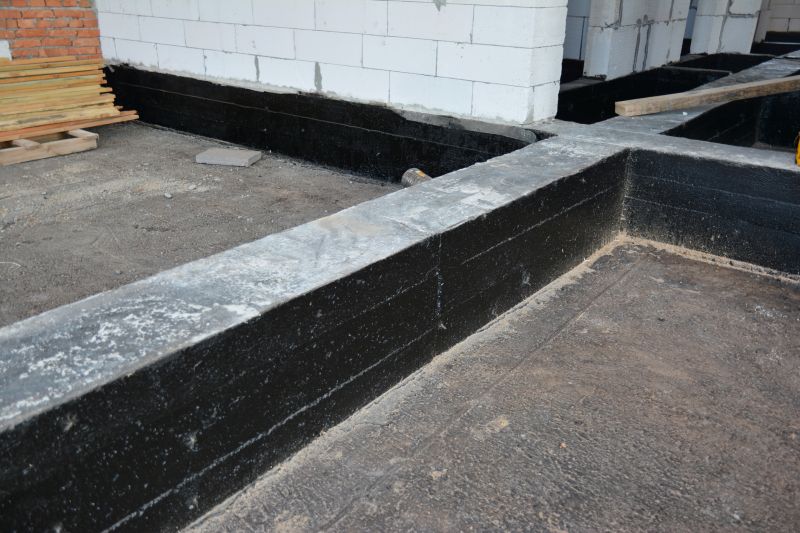
Rough timing from prep to clean-up for Waterproofings.
Interested in waterproofing services? Filling out the contact form can provide more information and assistance in scheduling the right waterproofing application at the optimal time for a structure's needs.

